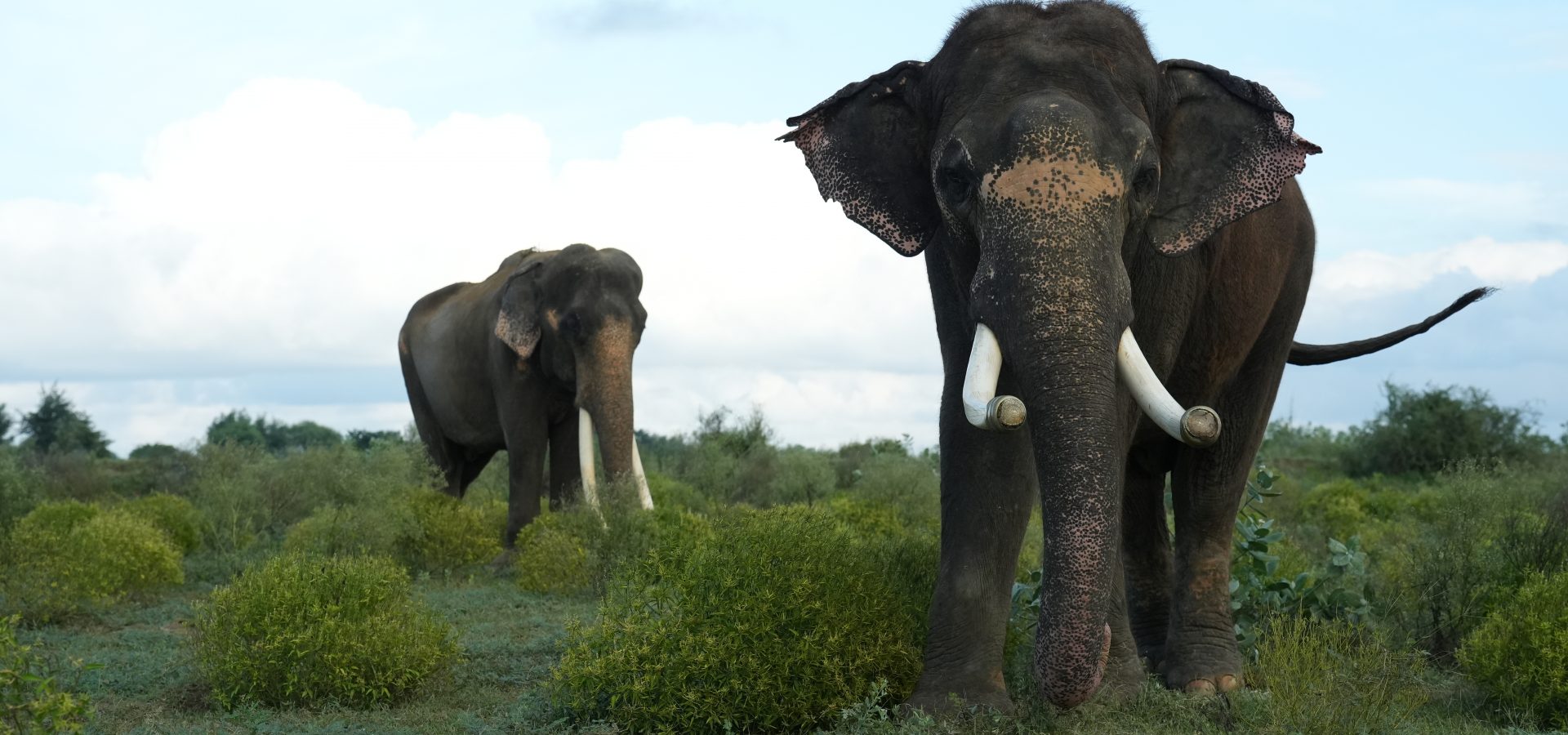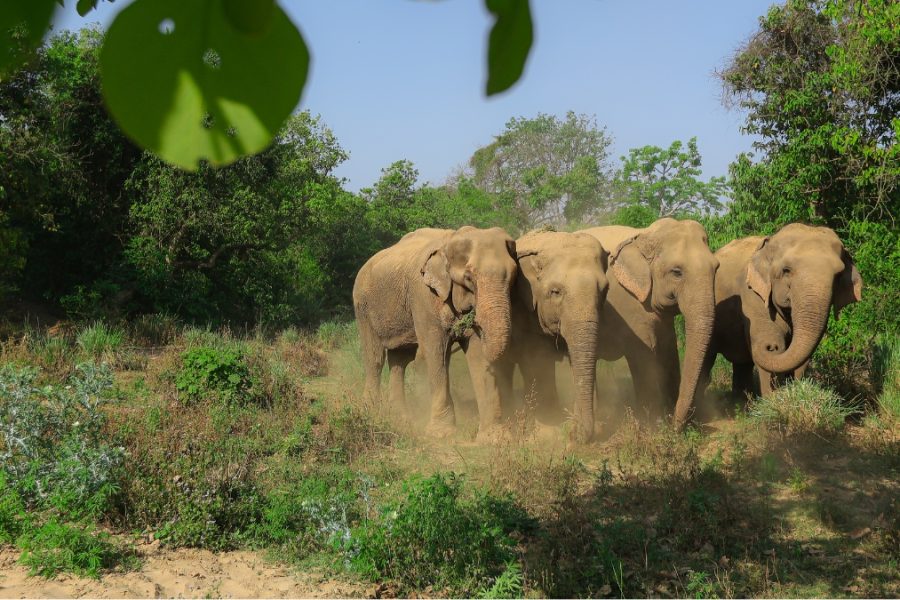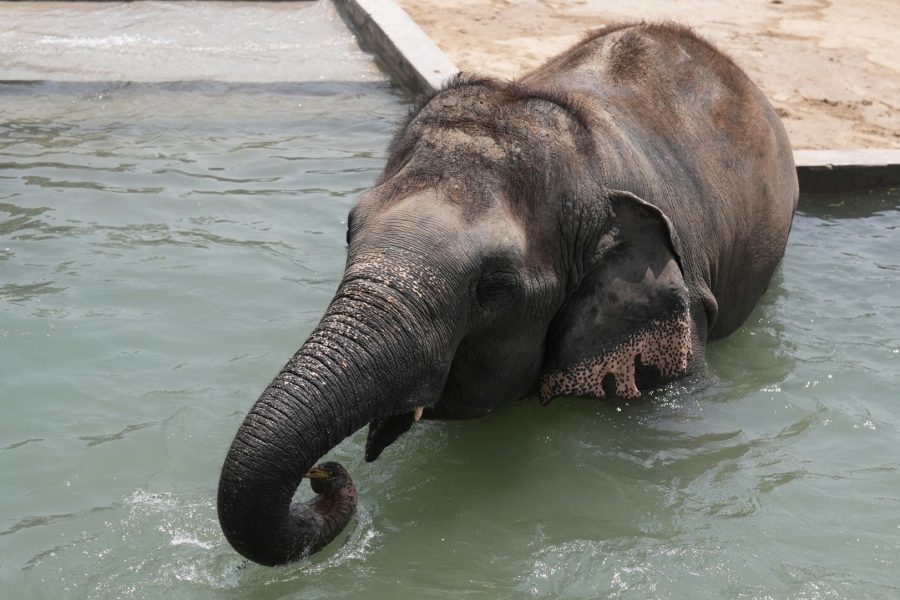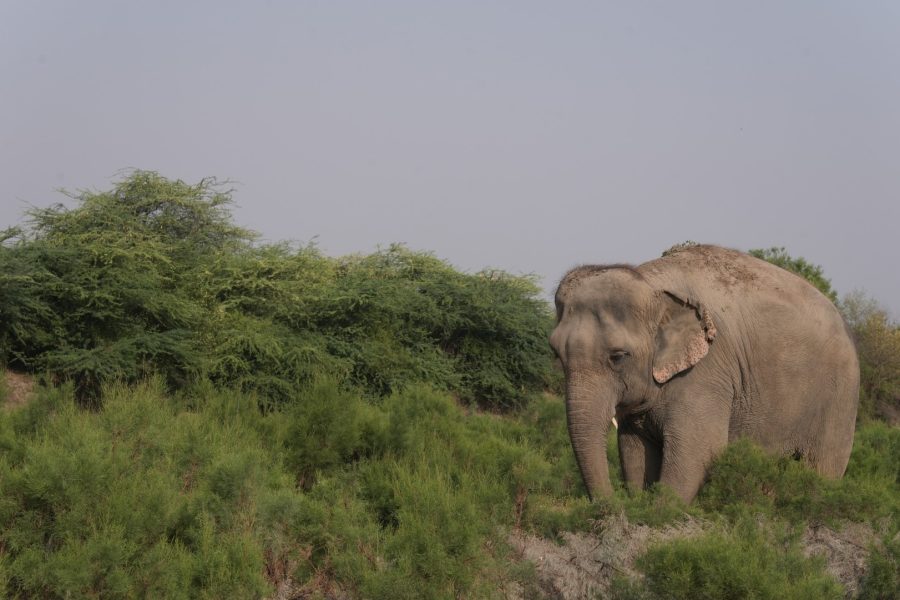The most identifiable features of an elephant are their trunks and the size of their body. There are three extant species of elephants – African savanna, African forest and Asian elephants. Despite being the same animal, these species are different from one another, due to which they are often referred to as cousins. It is a known fact that Asia and Africa are the only two places that the elephants call their home, however less than 52,000 Asian elephants are left in the Asian continent as compared to the 4,15,000 elephants in Africa.
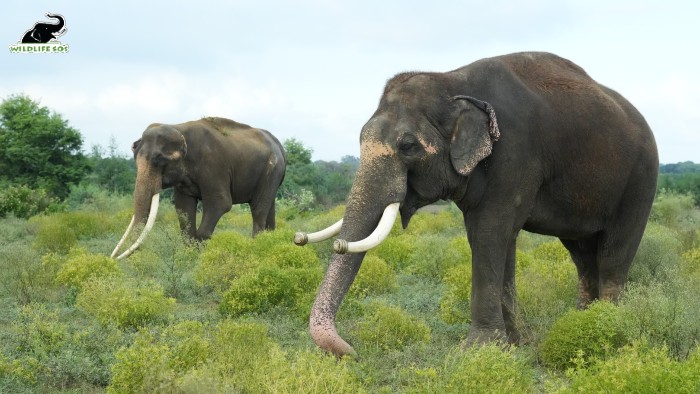
Asian elephants are the largest living land animal in the continent. They have smaller ears than African elephants, and also have discolouration on their body. African elephants are bigger in size as compared to their Asian counterparts.
A very interesting difference between the Asian and African elephants is related to their tusks. The male and female African elephants can both grow tusks, whereas only male Asian elephants have tusks. A small population of the female Asian elephants have small tusks, also known as tushes. Because tushes are barely a couple of inches in length, they are often only visible when the elephant opens her mouth!

But do all Asian elephants look exactly the same? Absolutely not! While Asian elephants are known to be dark grey in colour, all elephants may not be wearing the same shade on their skin. When it comes to depigmentation, patterns developed on each elephant are unique.
Wildlife SOS has rehabilitated over 30 elephants from different parts of India that were rescued from distressed situations. Each of our pachyderms have distinct, identifiable features! Constant attention and careful observation has helped us highlight the physical differences between them, which are as follows:
1. Discolouration or Depigmentation
The skin of Asian elephants is usually grey, but sometimes, there can be a lack of colour around the shoulders, forehead, and the trunk. This discolouration or depigmentation can be caused due to a variety of factors such as genetics, natural habitat, and the amount of nutrition an elephant is getting. It has also been noticed that with age, the skin colour also darkens in Asian elephants.
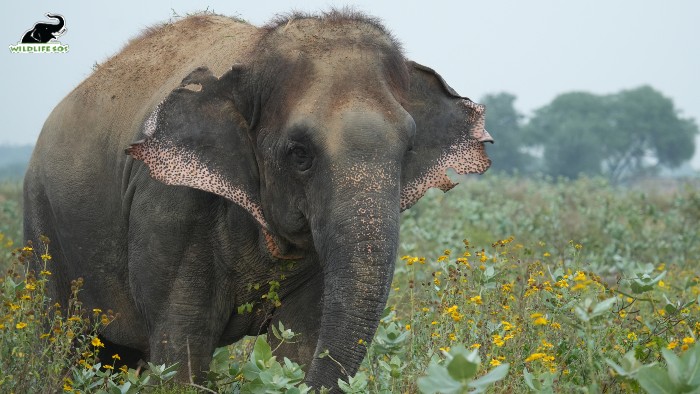
Many pachyderms at our centres too have variations of depigmentation on their skin. Phoolkali is the eldest and one of the tallest elephants at Elephant Conservation and Care Centre (ECCC), but it is the perfectly symmetrical depigmentation around her eyes and her entire trunk that makes her instantly recognisable! Similarly, Rhea has deep discolouration at the border of her ears and her trunk. Coconut lacks a little colour on her trunk, and Chanchal has uniform depigmentation on the border of her ears. Peanut, the youngest elephant at our centre, has no depigmentation at all!
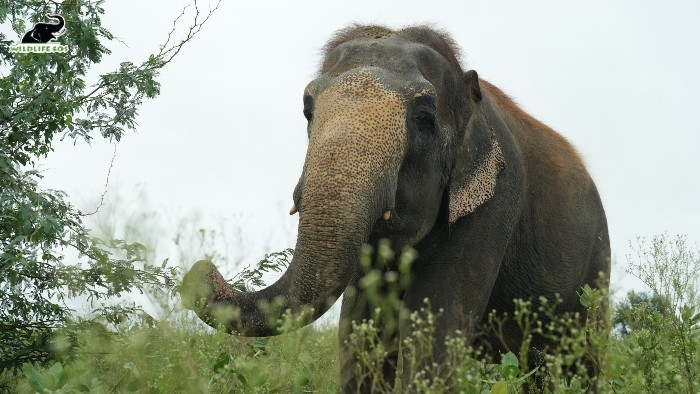
2. The Telling Tale of Ears
Most of the pachyderms rehabilitated at our centres were rescued as begging elephants, circus elephants, those exploited in wedding processions or used for riding tourists. In order to control these majestic animals, their mahouts used bullhooks to instil pain and fear. A bullhook is a hook attached to a steel or bronze rod, which the mahouts use to prod the ears of the elephants. Many of the rescued pachyderms at our centres were found having torn ears due to this practice.
Chanchal has the most prominently torn ears out of all the elephants at our centres. Another elephant under our care, Emma, has a hole in her right ear that was perhaps caused by a piercing she had when she was abused as a processional elephant. Suraj is our one-eared elephant at the ECCC. It is believed that he lost his left ear when he was poached as a young calf to serve as a temple elephant.
Another way one can differentiate these beautiful creatures at our centres is the way their ears fold. It has been observed by experts of our team that surprisingly, the number of ear folds for elephants is connected to their age — an older elephant under our care has more folds as compared to a younger one. While no scientific study has been conducted on this yet, it is a fascinating detection made by the team.
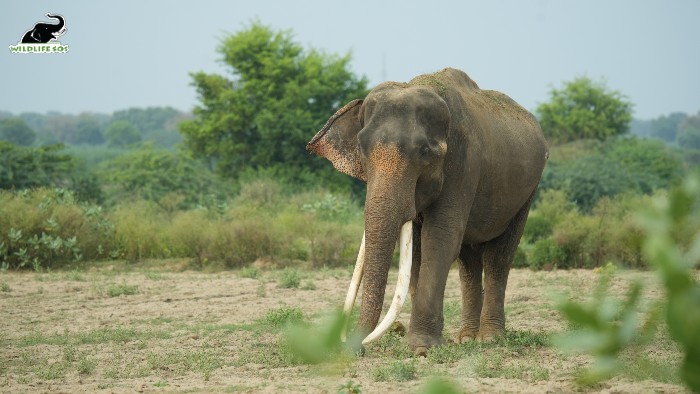
3. Hair, Hair, Everywhere!
According to a study by scientists, elephants have a maximum density of 1,500 hairs per square metre on their heads. This is hardly comparable to that of a human head, which can have about 2 million hairs per square metre! Asian elephants are, in fact, hairier across the body than their African counterparts. Many young Asian elephants have brownish to reddish coloured hair on their heads. Younger pachyderms have more hair than adults, and some adult pachyderms may not have any hair on their heads.
The amount of hair on the heads can help us distinguish one from the other at our centres! Phoolkali is one of our pachyderms who can easily be recognised by the tuft of hair on her head. Her brownish ‘crown of hair’ becomes highly noticeable and prominent during sunny days, making her instantly recognisable!
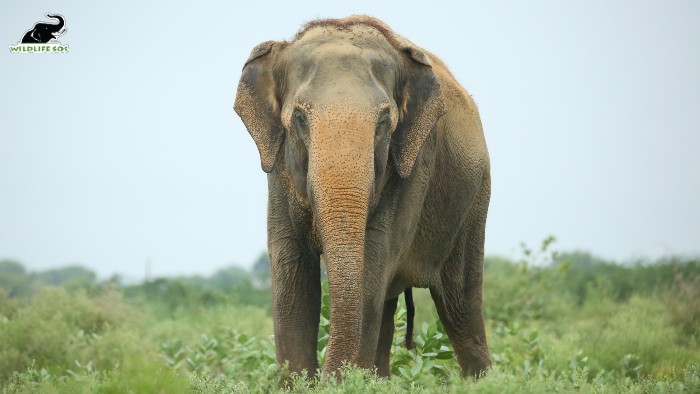
4. Body Proportions
An elephant’s trunk has always fascinated wildlife enthusiasts! The trunk is a nose and is also an extension of their upper lip. Elephants use their trunks to smell, grasp food to eat, and collect water to drink. Trunk sizes of these creatures may be different from each other due to their genetics. Caregivers and veterinarians have observed that Phoolkali has a trunk which lies around 1.5 inches above the ground, but Maya often tends to curl up her trunk as it is longer!
There are two categories under which the body shapes of elephants can be divided into: broad and lean. Among the ones under our care, Maya has a broader body, whereas Phoolkali is much leaner. This can be traced back to the environment and drastic conditions they were living in before their rescues.
Another way to tell elephants under our care apart is by looking at the shape of their backs. Asian elephants have a convex-shaped back, which means they are rounded due to a protruding spine. This has caused a widespread misunderstanding that elephants can easily carry people or a howdah (saddle) on their back. Experiencing years of torture and neglect, and being forced to carry undue weight, many of our pachyderms have backs that are deformed. To generate awareness and sensitise tourists about misuse of elephants, Wildlife SOS has launched a ‘Refuse to Ride’ campaign. Our efforts are aimed to prevent physical and psychological stress caused to elephants.
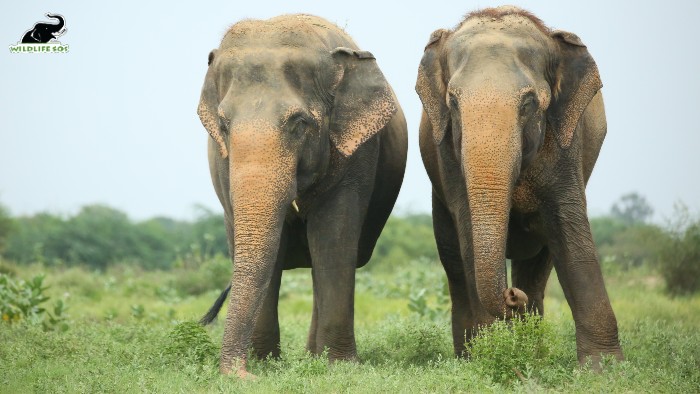
Elephants are admirable animals with spectacular cognitive abilities, and never fail to marvel us with their presence. For this reason, many decide to volunteer at our centres to contribute towards their care. Wildlife SOS provides various opportunities for everyone to visit our centres and volunteer for our resident pachyderms and sloth bears.
If you wish to volunteer with us to support the daily routine of our majestic elephants, do send us an email at volunteer@wildlifesos.org!

